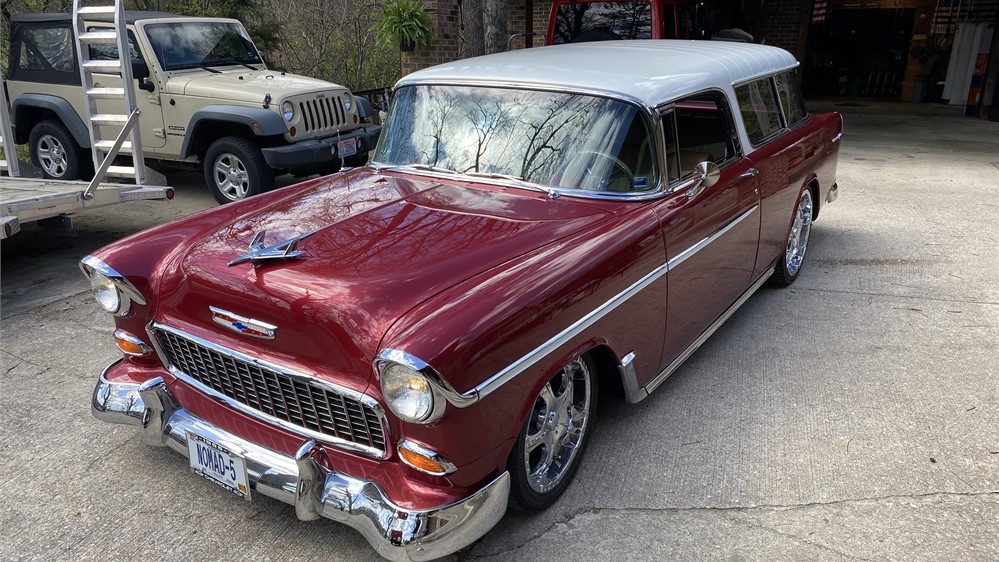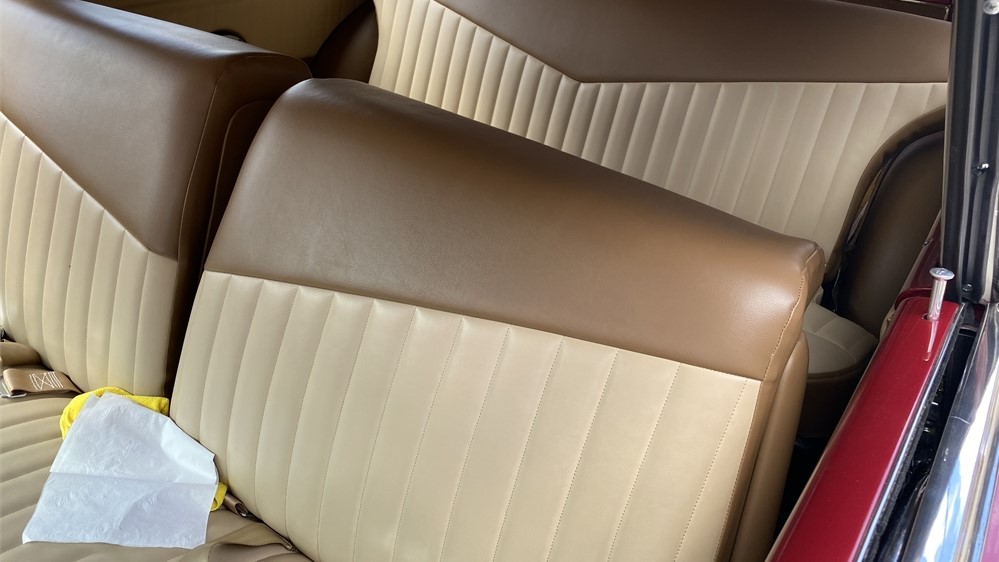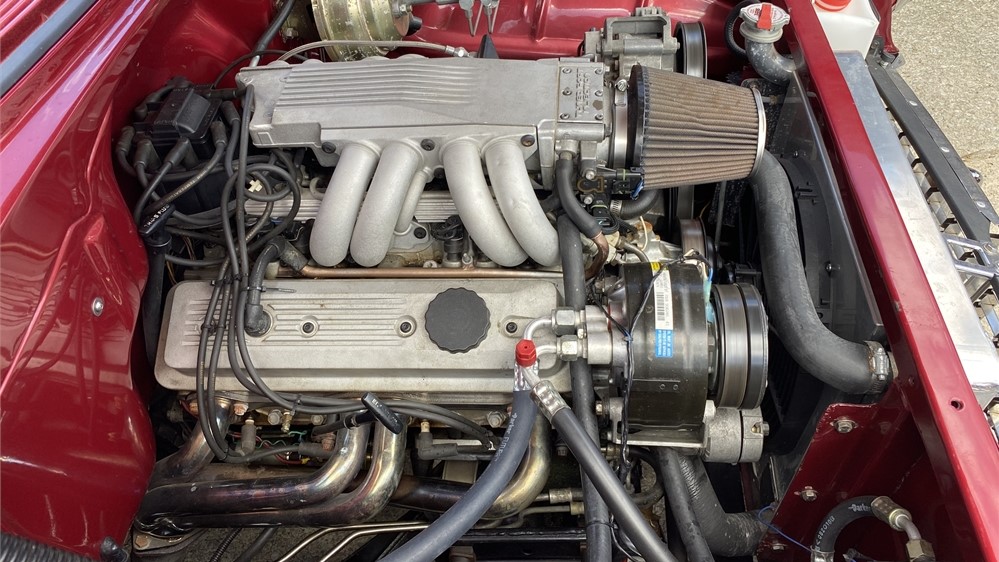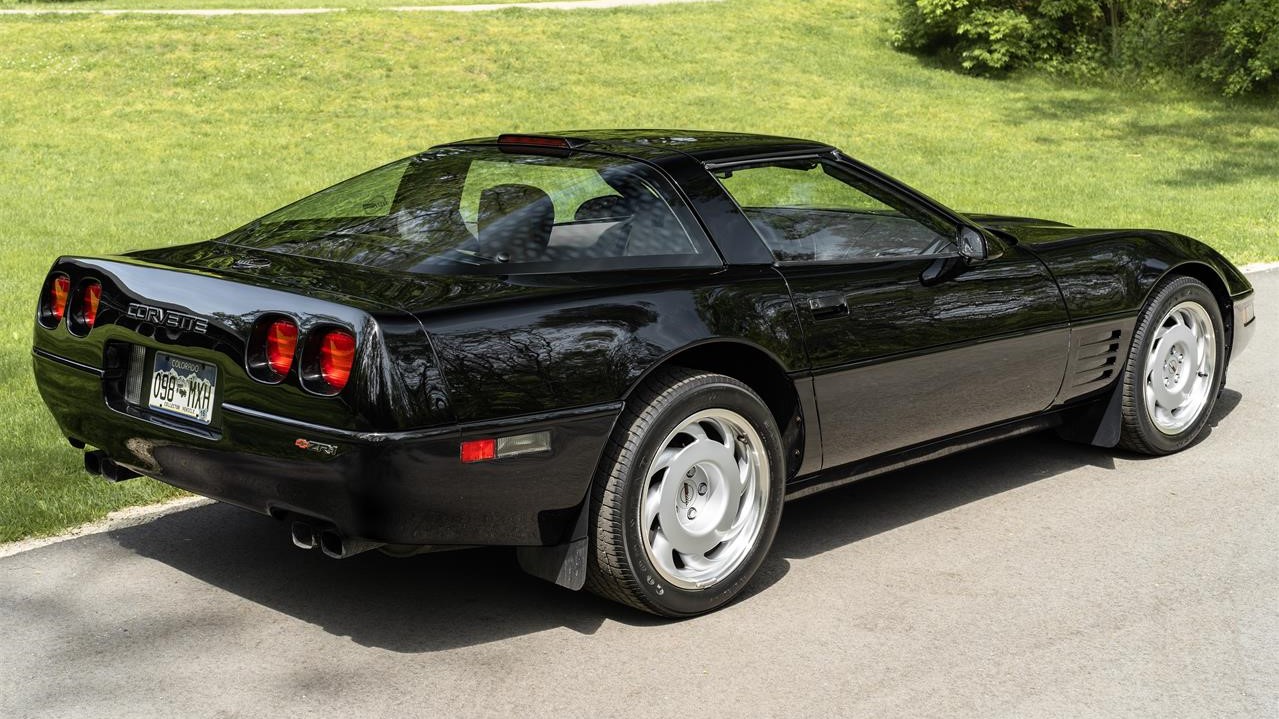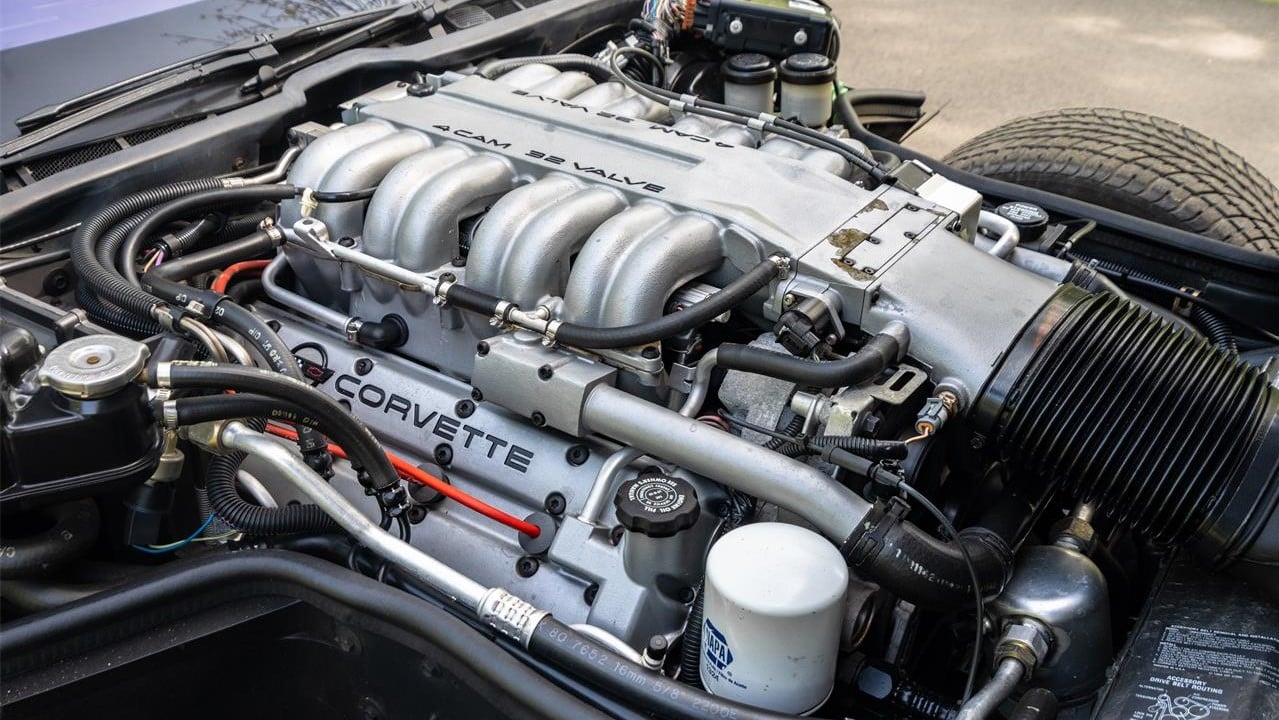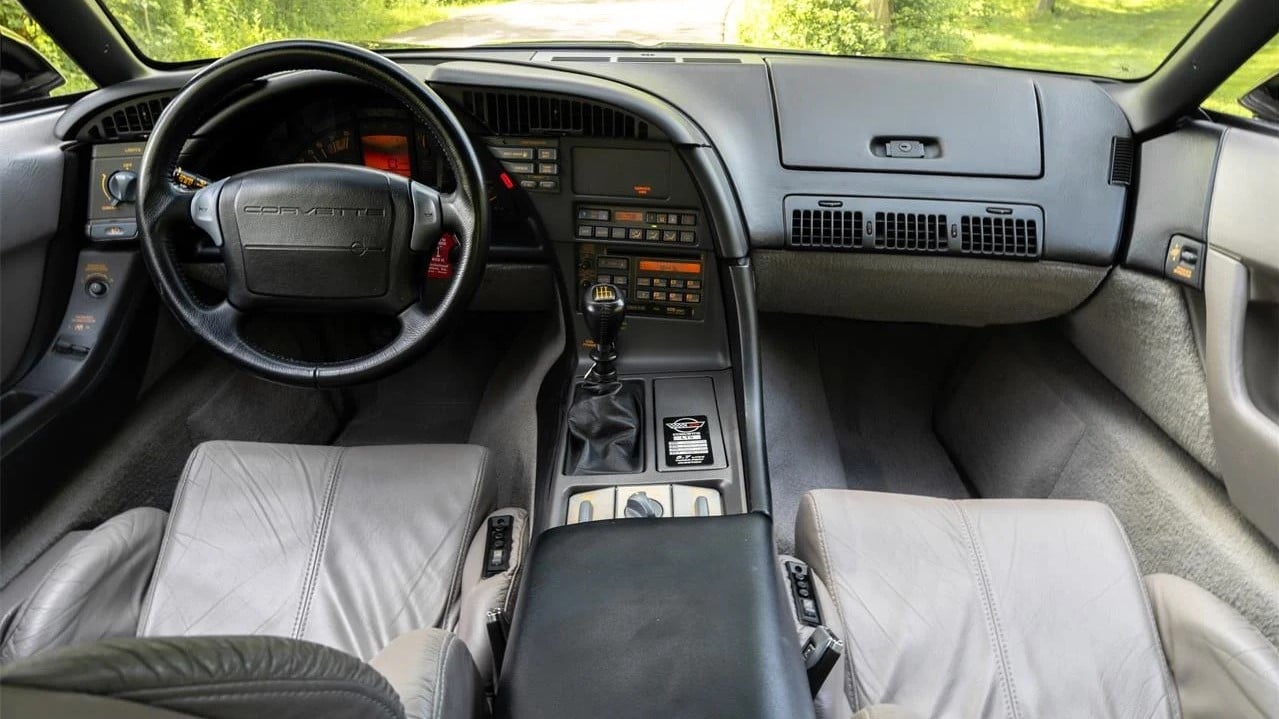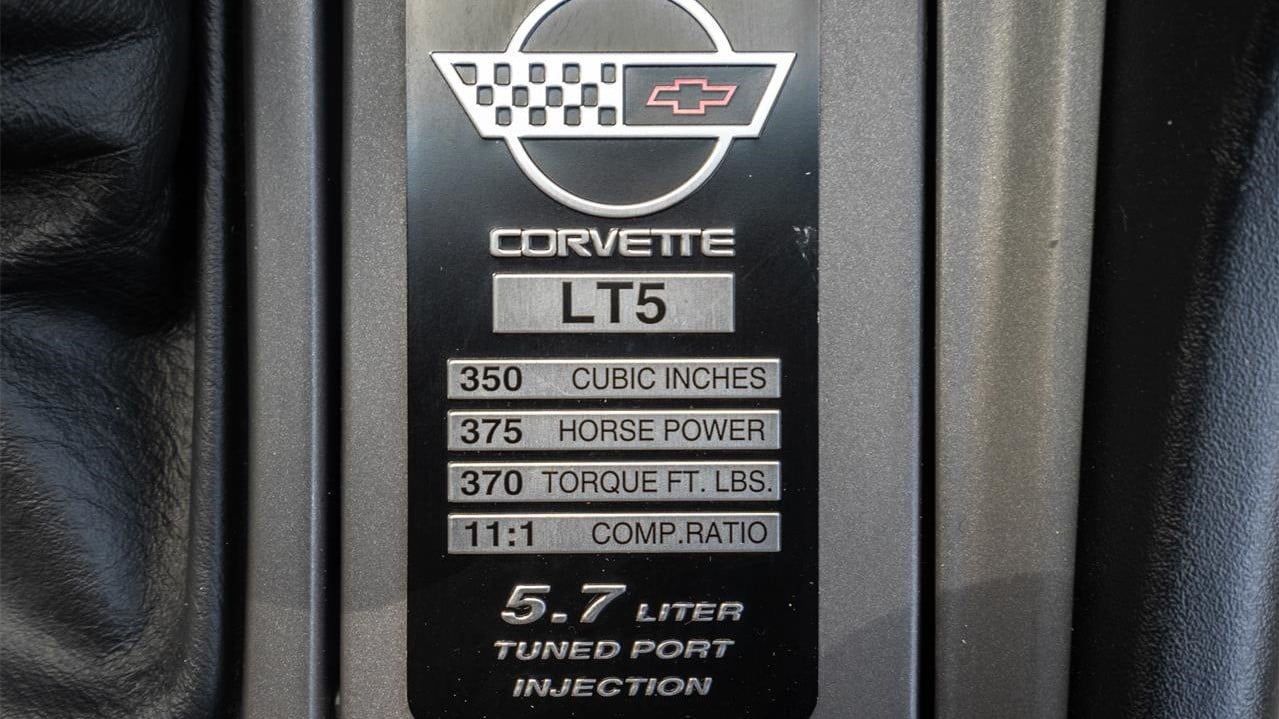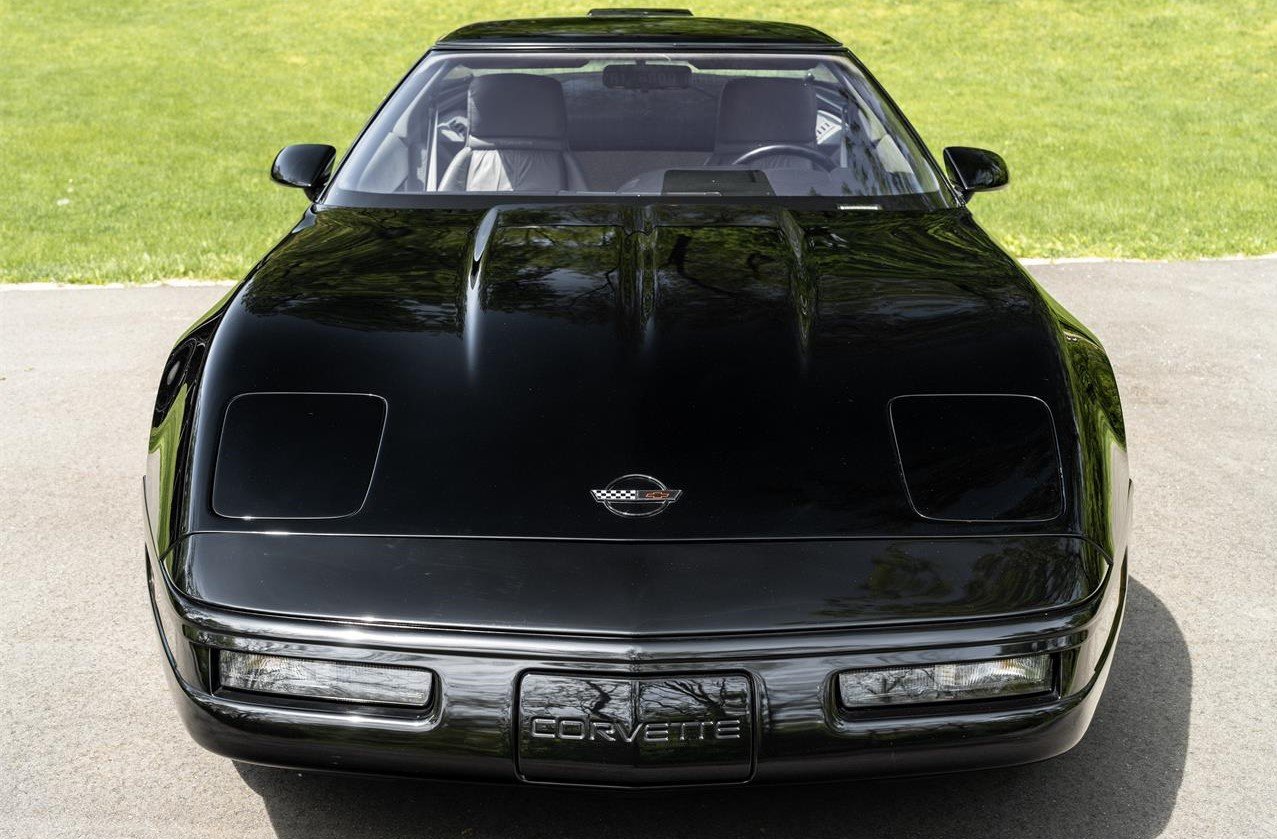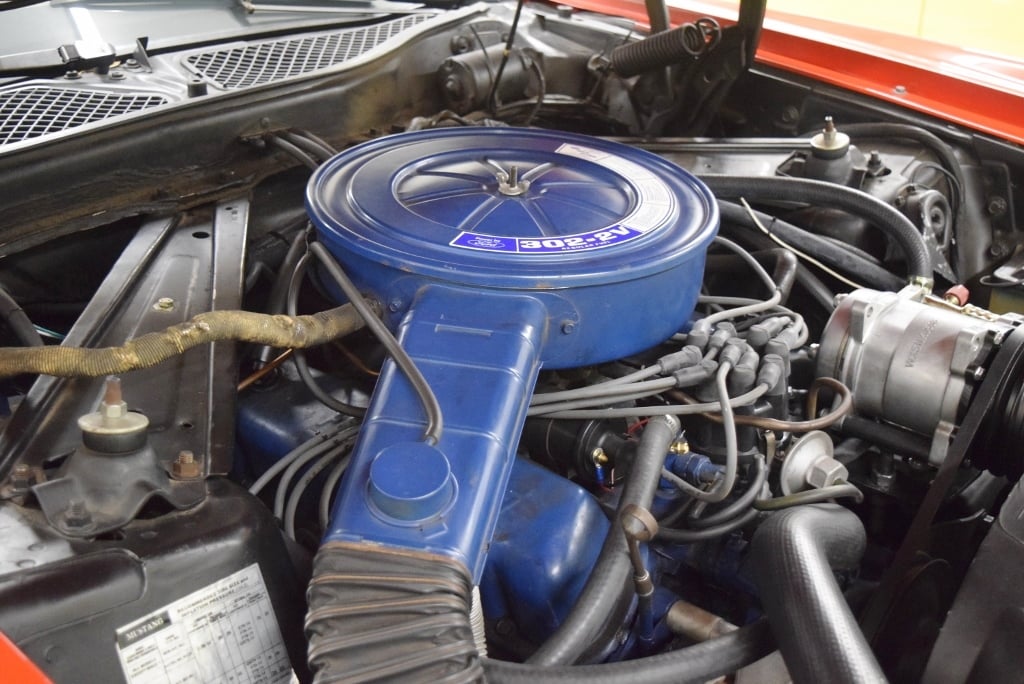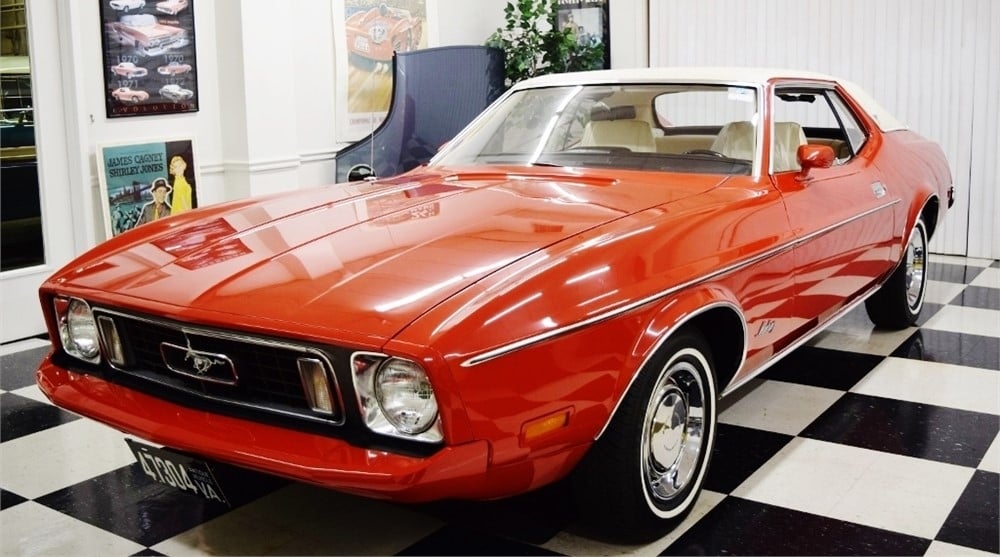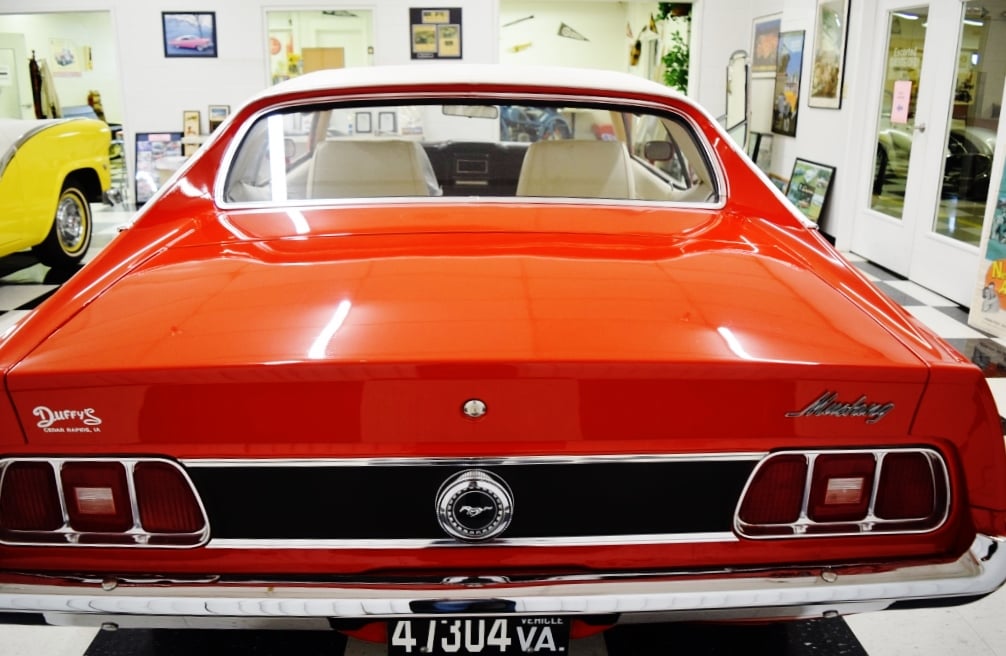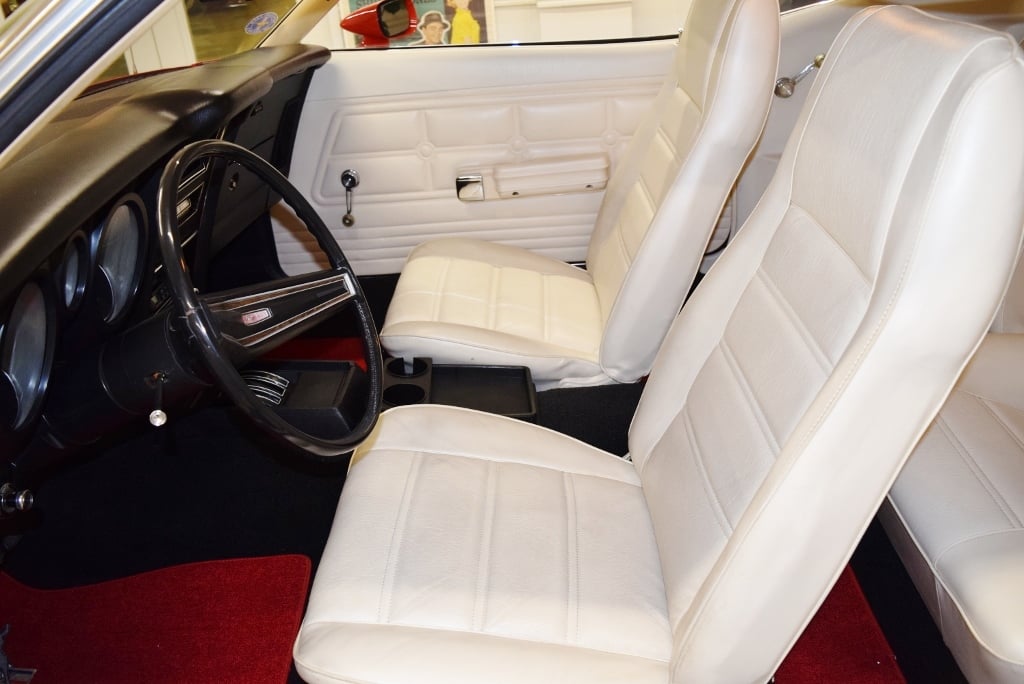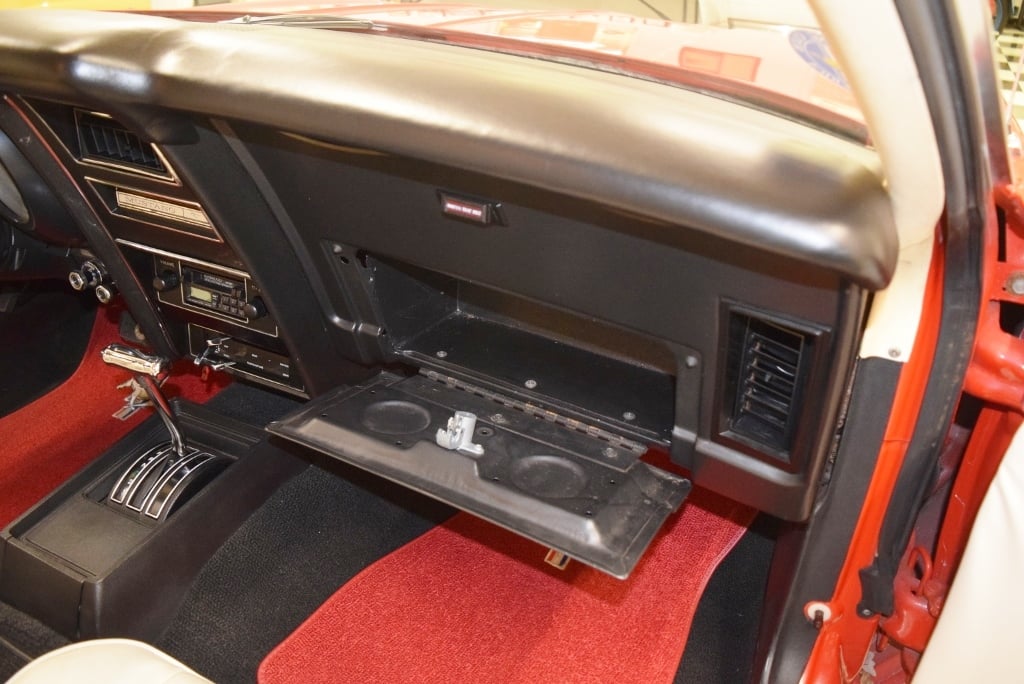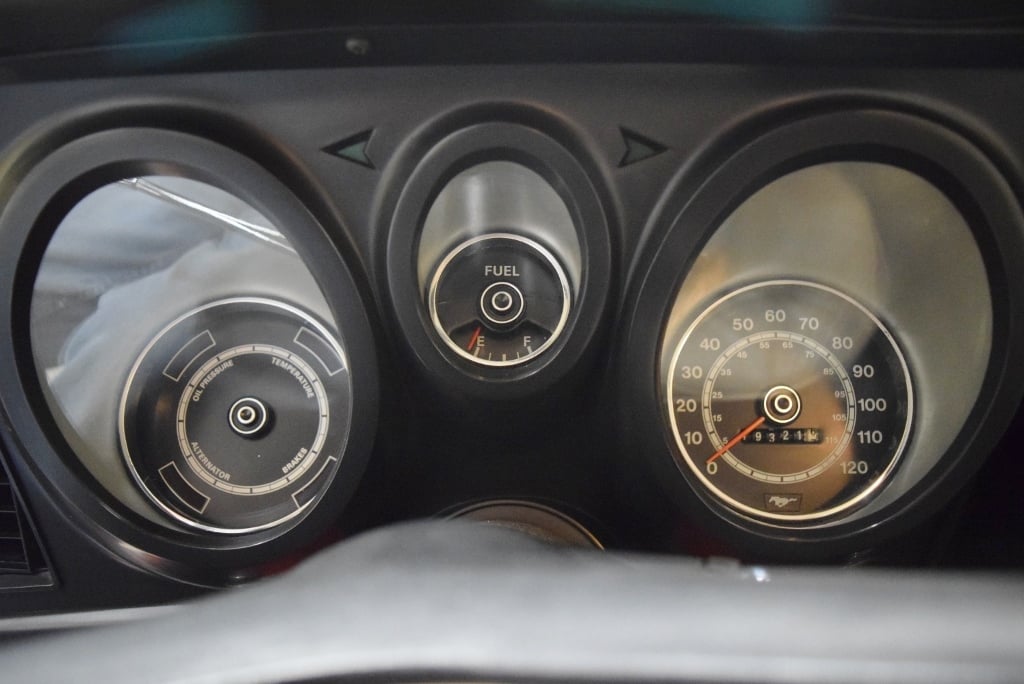Muscle cars are an integral part of American culture. Feeling the raw, uncensored power from behind the wheel while cruising open roads creates a satisfying sense of freedom. Redefining the meaning of what it was like to own a performance vehicle, muscle cars also dominated the early racing circuits. To this day, muscle cars still contribute to American culture and the meaning of freedom.
The most iconic muscle cars were born in the 1960s and early- ‘70s. During that time, every American car manufacturer began offering their own model to feed the need for speed that was running rampant through the United States’ automotive market. Here are four muscle cars found listed for sale on Hemmings that took to the streets during the golden years of automotive engineering.
1969 Pontiac GTO
![1969 Pontiac GTO]()
1969 Pontiac GTO
![1969 Pontiac GTO]()
1969 Pontiac GTO
![1969 Pontiac GTO]()
1969 Pontiac GTO
![1969 Pontiac GTO]()
1969 Pontiac GTO
![1969 Pontiac GTO]()
1969 Pontiac GTO
![1969 Pontiac GTO]()
1969 Pontiac GTO
![1969 Pontiac GTO]()
1969 Pontiac GTO
![1969 Pontiac GTO]()
1969 Pontiac GTO
![1969 Pontiac GTO]()
1969 Pontiac GTO
![1969 Pontiac GTO]()
Depending on who you talk to, the Pontiac GTO is credited as America’s first muscle car. After the first model release in 1964, the GTO revved up the muscle car movement and fed the craze for more powerful, lightweight pavement pounding machines. This 1969 Pontiac GTO features factory options such as power steering, power disc brakes, Autometer gauges, a center console with a his and hers shifter, and Crager SS 14-inch wheels, currently wrapped in nearly new Cooper Cobra tires.
According to the seller, the 400-cid. engine was replaced with a period-correct 1967 stamped block, then paired with the original transmission. The list of recent upgrades includes a Flowmaster exhaust system and many maintenance items. The seller states that the “Car starts, runs and drives great, and can be driven anywhere.”
1970 Dodge Charger SE
![1970 Dodge Charger SE]()
1970 Dodge Charger SE
![1970 Dodge Charger SE]()
1970 Dodge Charger SE
![1970 Dodge Charger SE]()
1970 Dodge Charger SE
![1970 Dodge Charger SE]()
1970 Dodge Charger SE
![1970 Dodge Charger SE]()
1970 Dodge Charger SE
![1970 Dodge Charger SE]()
1970 Dodge Charger SE
![1970 Dodge Charger SE]()
Popularized by movies like Bullitt and The Dukes of Hazzard, the second-generation Dodge Charger doesn’t require an intricate introduction, but this particular 1970 Dodge Charger takes the classic Mopar’s design to a new level. The customized muscle car has been lowered by three inches and sports a chopped top and shaved door handles.
According to the agent presenting the car on behalf of the owner, this 440 V8-powered Mopar is said to have earned many trophies. The engine is paired with a smooth-shifting 727 TorqueFlite three-speed automatic transmission. An aluminum radiator with twin electric fans helps keep the engine cool. It is said to start and run well, with no smoke or leaks.
1965 Ford Mustang
![1965 Ford Mustang K Code]()
1965 Ford Mustang
![1965 Ford Mustang K Code]()
1965 Ford Mustang
![1965 Ford Mustang K Code]()
1965 Ford Mustang
![1965 Ford Mustang K Code]()
1965 Ford Mustang
![1965 Ford Mustang K Code]()
1965 Ford Mustang
![1965 Ford Mustang K Code]()
1965 Ford Mustang
![1965 Ford Mustang K Code]()
1965 Ford Mustang
![1965 Ford Mustang K Code]()
An article featuring muscle car Americana wouldn’t be complete without the mention of a pony car. This mare isn’t just any 1965 Ford Mustang: it’s a rare K Code fastback with the commemorable 289-cid. V8, arguably the most desirable small-block Mustang engine. A four-speed manual transmission sends all 271-horses through a 3.50 ratio rear differential.
Once owned by actor Charlie Sheen, this classic Mustang is an unrestored survivor featuring the GT package, which adds factory fog lights, dual exhaust, front disk brakes, special emblems, black accent stripes and a set of 14-inch Style Steel wheels.
1972 Chevrolet Chevelle
![1972 Chevrolet Chevelle]()
1972 Chevrolet Chevelle
![1972 Chevrolet Chevelle]()
1972 Chevrolet Chevelle
![1972 Chevrolet Chevelle]()
1972 Chevrolet Chevelle
![1972 Chevrolet Chevelle]()
1972 Chevrolet Chevelle
![1972 Chevrolet Chevelle]()
1972 Chevrolet Chevelle
![1972 Chevrolet Chevelle]()
1972 Chevrolet Chevelle
![1972 Chevrolet Chevelle]()
1972 Chevrolet Chevelle
![1972 Chevrolet Chevelle]()
Power hungry car enthusiasts dubbed the 1970 Chevrolet Chevelle SS “The King of the Muscle Cars” because it was powered by the mighty 454 cid. Big-block V8, the biggest and most powerful engine in 1970 muscle cars. This 1972 Chevelle takes it a step further with a built 502 cid. big-block that, according to the seller, easily pushes over 500-horsepower. Expect smooth handling with added front and rear sway bars and lowering in the front and rear. Inside you’ll find custom bucket seats, a refreshed rear seat, new carpets, and an updated Bluetooth retro-style radio system.

